If you explore the state of Georgia you are likely to spot a wide variety of birds, ranging from secretive, forest-dwelling species to those that are hard-to-miss because of their adaptation to human-altered landscapes.
Over 340 species of birds make their way through Georgia, either as year-round residents or as migrants appearing only during specific times of the year. But, no matter how common or rare the species, there is something to be enjoyed and appreciated about each one.
1
Blue jay Cyanocitta cristata
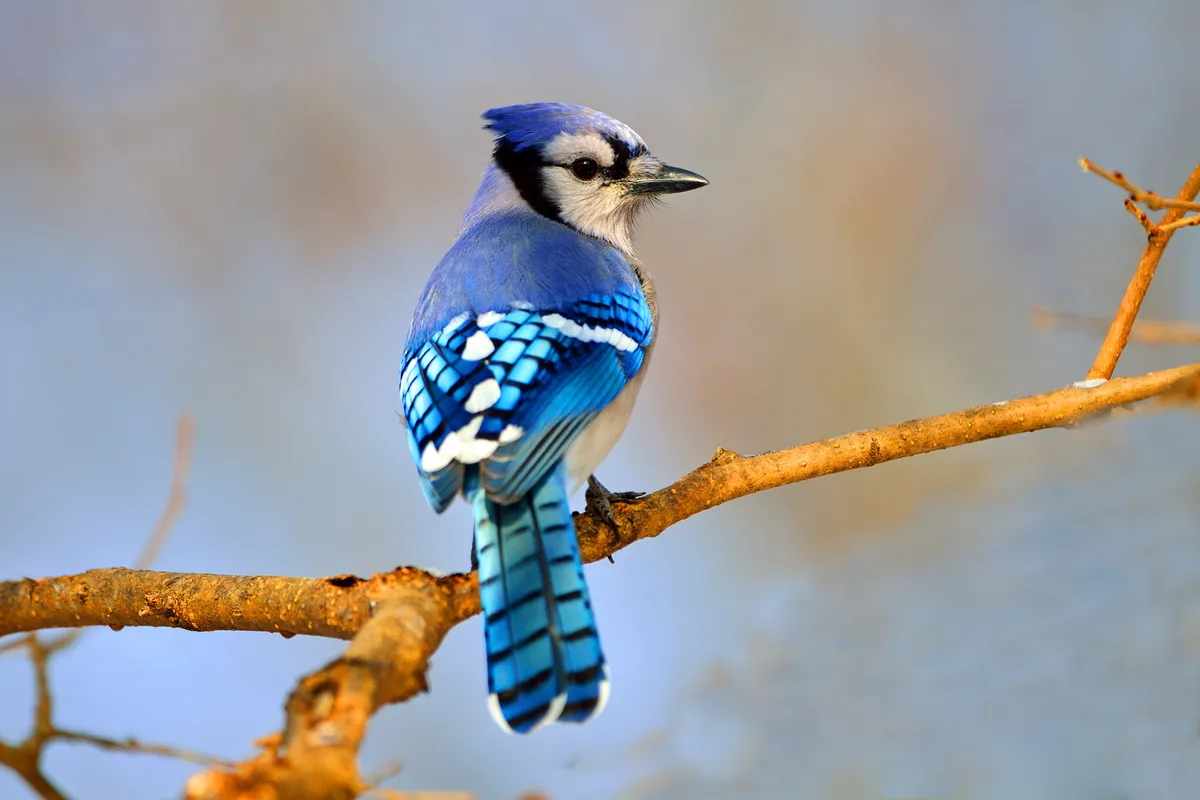
One the most strikingly colored corvids on the planet, blue jays are an omnivorous species found in a variety of forested habitats throughout Georgia, especially when adjacent to human-altered landscapes.
Commonly heard before they are seen, blue jays emit calls that often sound like the opening of a rusty gate.
2
Northern mockingbird Mimus polyglottos
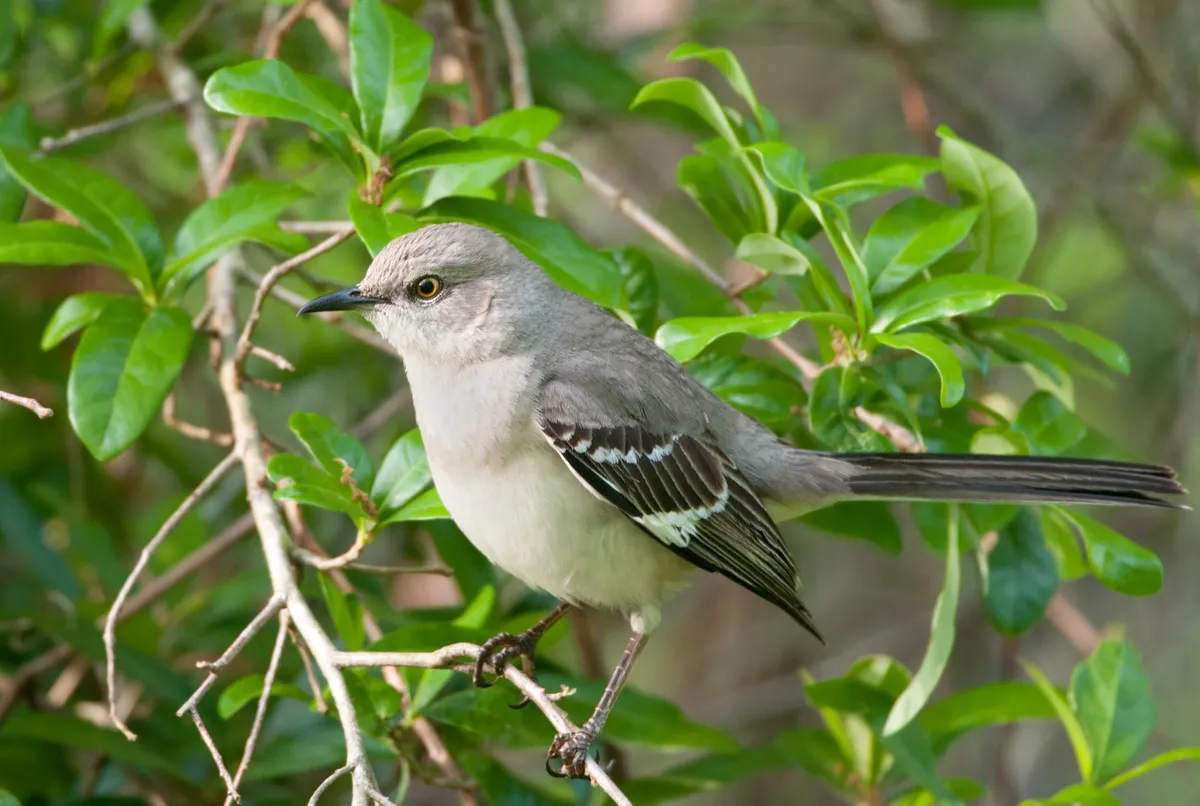
As the name implies, this species is a masterful mimic. Northern mockingbirds can be heard repeating sounds in their environments, whether the calls of other birds or anthropogenic noise, incorporating them into their songs.
They thrive in urban landscapes, so if you think you’re hearing a rare bird in downtown Atlanta, check for mockingbirds first!
3
Ruby crowned kinglet Regulus calendula
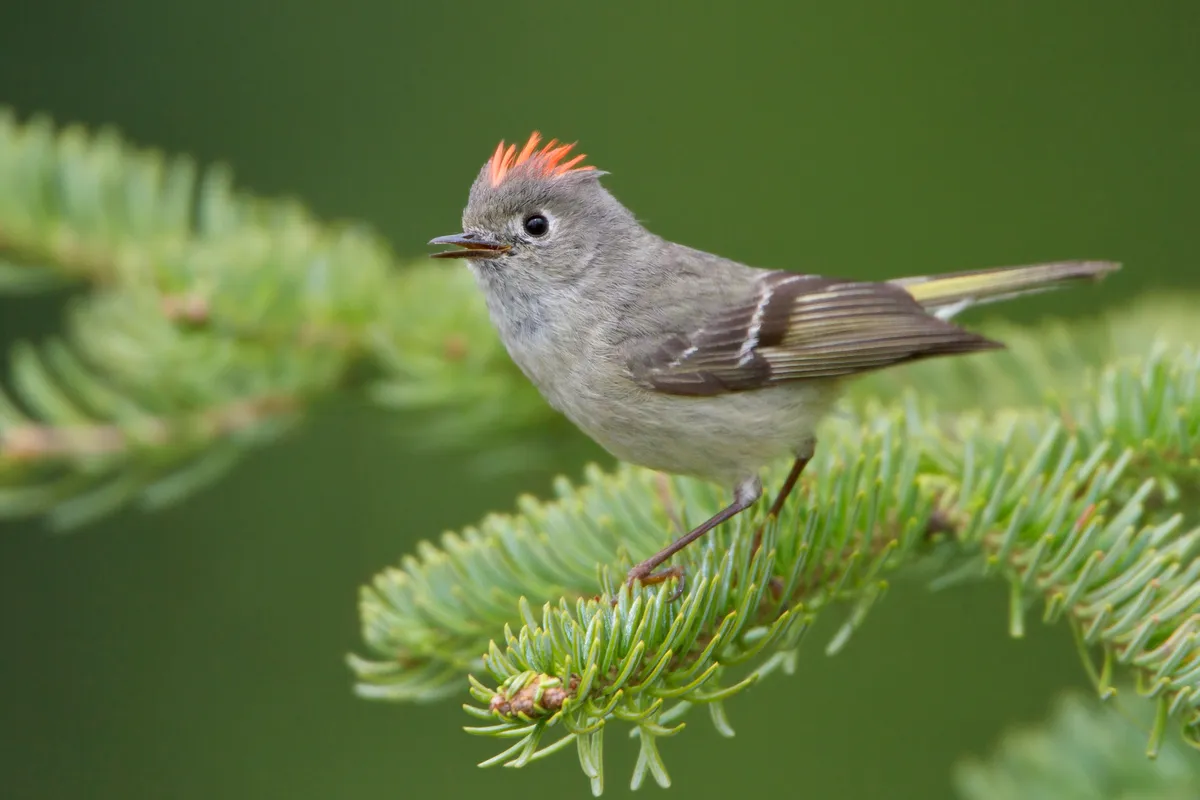
A small and often inconspicuous winter resident of Georgia, the ruby crowned kinglet can be spotted in forested habitats looking for insects.
Their distinguishing feature, the bright red crown of feathers (donned only by males), is revealed primarily when attracting a mate.
4
Cedar waxwing Bombycilla cedrorum

Cedar waxwings, sharing a family with two other waxwing species, are a common winter resident of Georgia’s woodlands. This species tends to travel in groups, seeking out berry-bearing plants from which they can make a meal.
Waxwings are aptly named for the red, waxy deposits that develop on their wings as they mature.
5
Loggerhead shrike Lanius ludovicianus
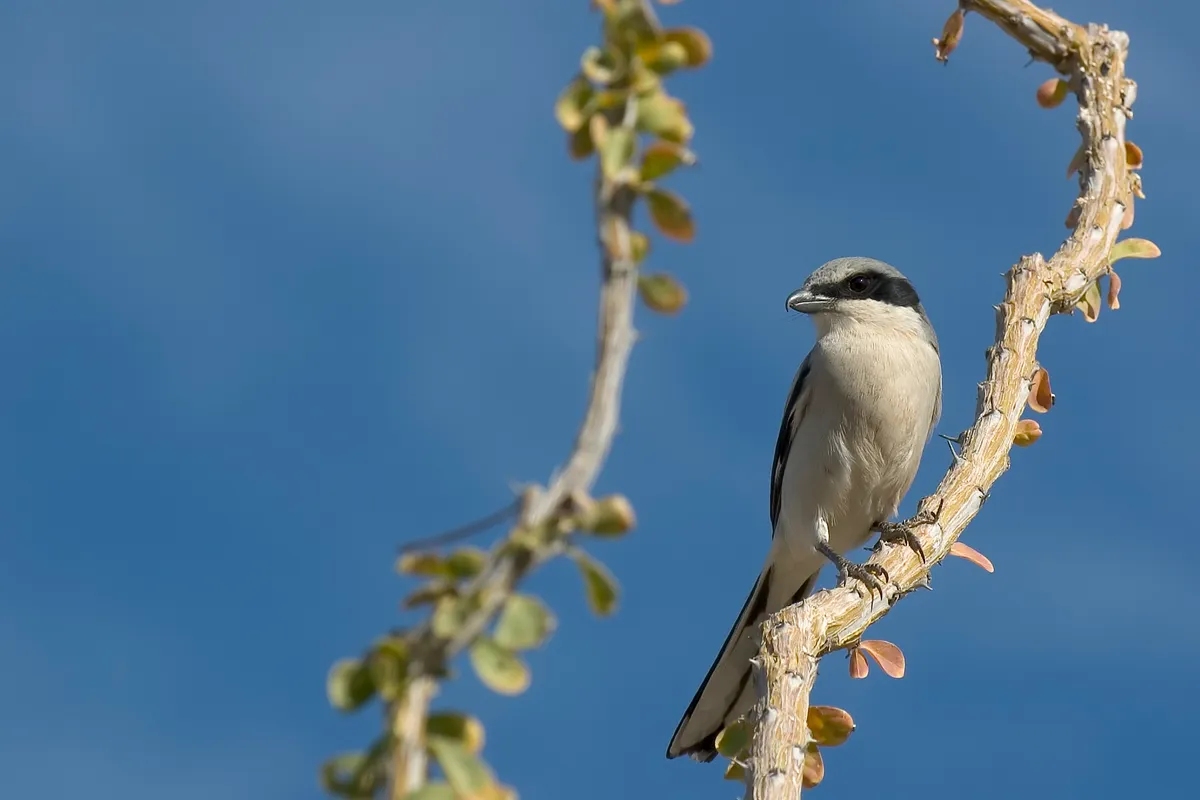
This predatory songbird can be found throughout the state of Georgia year-round.
Loggerhead shrikes are often referred to as the “butcher bird” because of their method for killing prey: skewering them on sharp objects, such as thorns or barbed wire.
6
Northern cardinal Cardinalis cardinalis
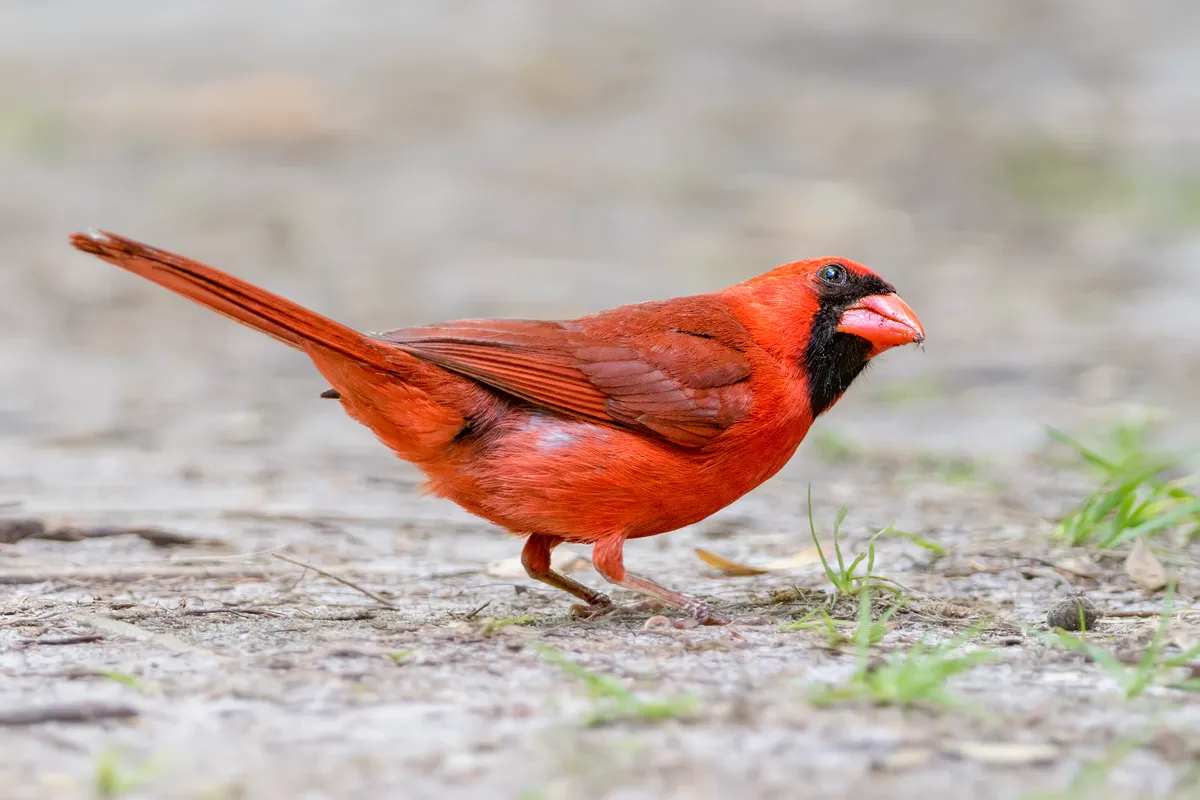
A vibrant red against the forest understory, male Northern cardinals fiercely defend their territories against potential intruders.

Females have a brown feather pigment which promotes optimum camouflage. This is particularly important during nesting season, as the female is the sole egg incubator.
7
Yellow-rumped warbler Setophaga coronata
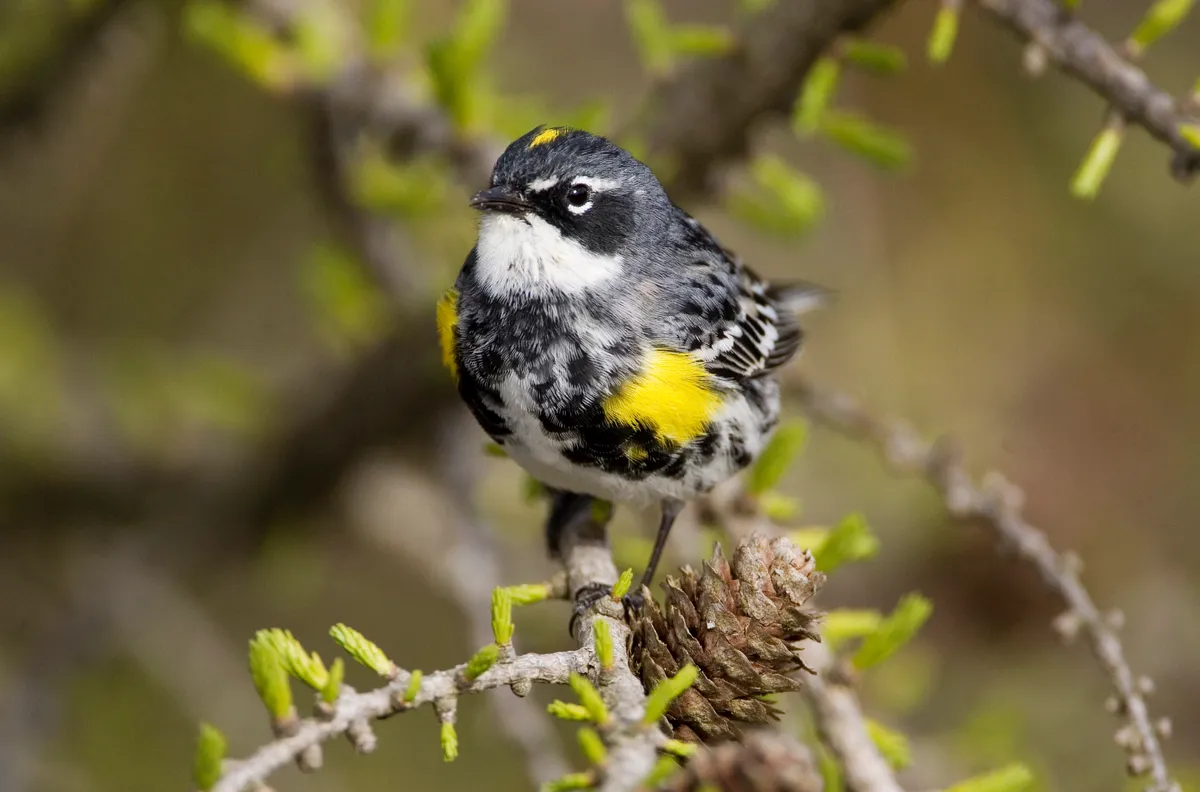
One of several warbler species that spend their winters in Georgia, yellow-rumped warblers are certainly one of the easiest to find.
The hard-to-miss bright yellow spot above their tail allows them to be easily identified as they flit around shrubs, usually in groups, searching for insects.
8
Brown thrasher Toxostoma rufum
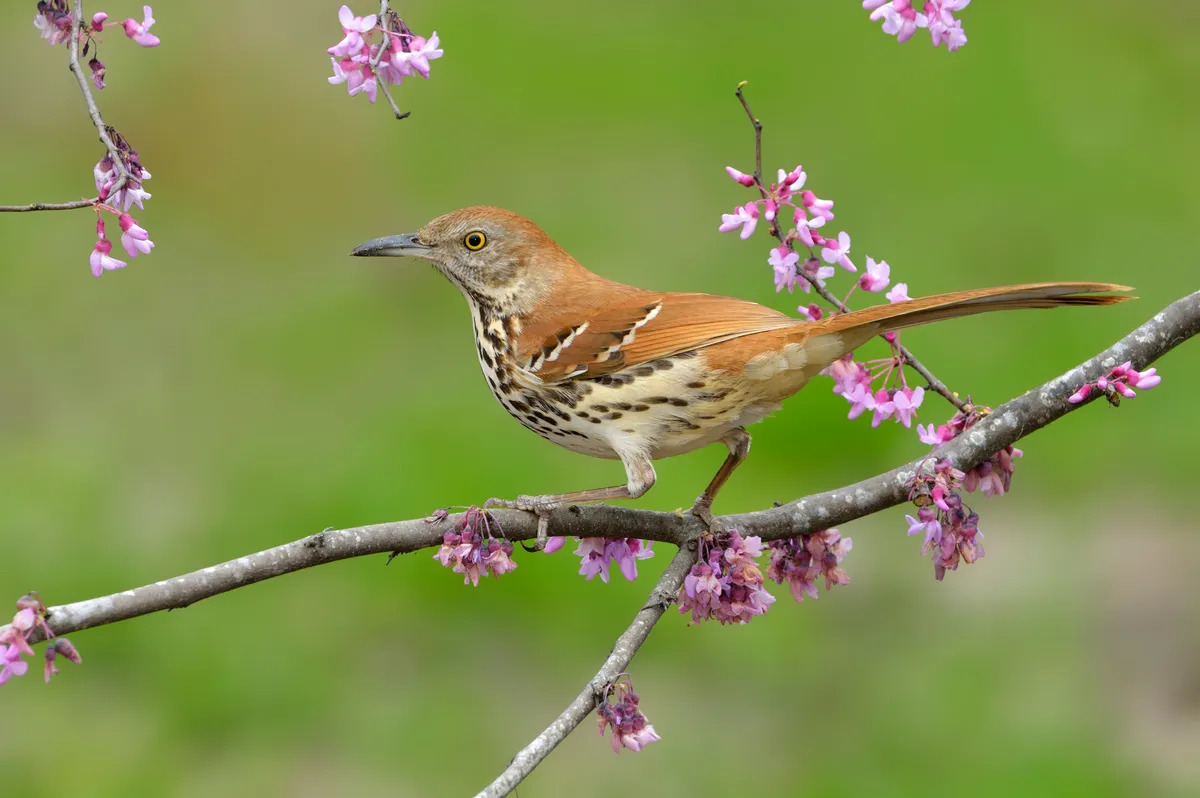
Saving the “best” for last, the brown thrasher is the state bird of Georgia. In the same family as the Northern mockingbird, this species is capable of mimicking a variety of sounds—they can have more than 1,100 in their repertoire!
